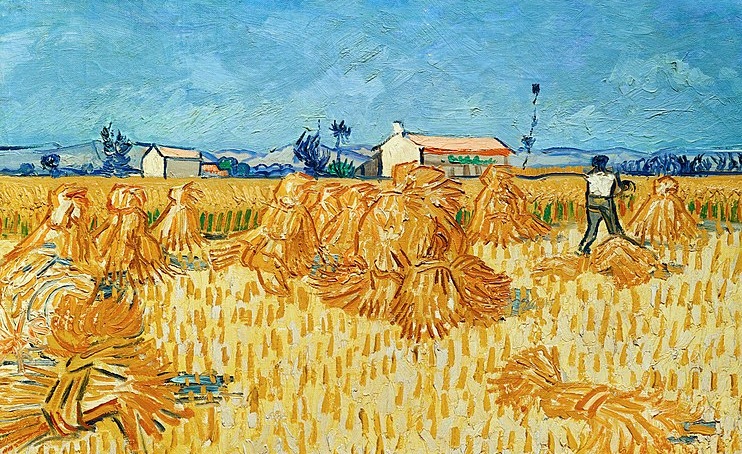The low productivity of agriculture and the coronavirus crisis have sparked a discussion about promoting self-sufficiency in agri-food products in Slovakia. Many hope that it is self-sufficiency that will guarantee twice as many cattle grazing on the pastures, tons of Slovak organic meat or eggs from happy free-range hens on the supermarket shelves.
However, what we find on the shelves is mainly the result of consumer demand and the corresponding supply. Slovak agriculture and the food industry really need reforms, but we should want way more than just “self-sufficiency”.
So, the question is: Do we want to increase the productivity or self-sufficiency of Slovak agriculture? These are two different things.
The Slovak agricultural sector suffers from several problems that hinder the competitiveness of farmers: complicated land ownership, due to which (young) farmers cannot access fields, an unpredictable business environment and bureaucracy and, last but not least, lack of investment in capital equipment. But let’s take a closer look at what this means in practice.
Soil
Hundreds of leases and the threat of so-called “crossing” fields. This is a daily reality on Slovak farms. Too many owners, from whom farms lease the land, unclear boundaries of these plots and negotiations with the Slovak Land Fund (we will not talk about its bad reputation now), waste time and money.
The main argument for subsidies in agriculture is based on the presumption that this is an uncertain business and the outputs depend on the weather. However, more than by natural events, it is affected by legal chaos and bureaucracy.
Bureaucracy
This well-known problem affects not only agriculture, but it is even more painful regarding the state of this sector. In addition to sanitary regulations, the bureaucracy associated with applications for subsidies is also difficult to handle. It is not enough to require documents only online, their number needs to be significantly reduced.
In the case of applications for livestock support for example, farmers must report any change in the state of the subsidized cattle (birth, sale, death, etc.) to the Agricultural Payments Agency. It is despite the fact that these changes must be reported, under the threat of sanctions, also in the Central Livestock Register, which is also reviewed by the Agency, and without which the animal de facto does not exist.
Investments
No, pushing the long-term unemployed to farms and waiting for miracles will not work. This idea is regularly repeated in discussions on agriculture, but there is also a lack of skilled workforce in this sector and, above all, machinery.
Today, there are still farms in Slovakia where manual milking of sheep takes place. Old buildings may meet space requirements, but it is certainly not possible to talk about safe spaces.
Modern agriculture is about technology and people who know how to work with it. Imposing a social enterprise label on them is not a good strategy.
The Consumer Decides
Some think that self-sufficiency can be achieved by state regulation. In fact, it is affected by market mechanisms. Self-sufficiency rises, when Slovak consumers prefer Slovak products. This is difficult to achieve in some cases. For example, if we look at the Slovak egg production, there we achieve a relatively high level of self-sufficiency (around 90 percent).
However, most of the production comes from cage farming and consumers today increasingly prefer deep litter indoor production or free-range. Therefore, despite the high self-sufficiency rate, some consumers buy purposely eggs from abroad.
It is not the role of the government to decide what we should produce. Its task is to ensure the framework conditions that will allow the easiest possible access to the market, rule of law and the least possible barriers to business.
It is not desirable for farmers to be more concerned with completing various paperwork than with farming.
Don´t reduce the problems in agriculture to low “self-sufficiency”. Issues in the sector need to be called by name and actively addressed. Even without the state striving to increase self-sufficiency in potatoes or apples, Slovak farmers can prosper and specialize in high-quality production, which will be also demanded abroad.
Maybe this will mean more Slovak free range eggs, more Slovak beef and maybe Slovakia will become a great production power in growing cabbage. In any case, it is pointless to spill money, when the weeds of well-known problems will continue to suffocate farms.
Translated by Eva Schwarzová



